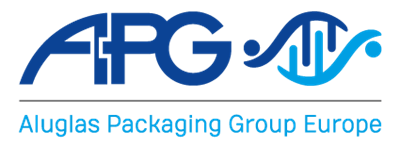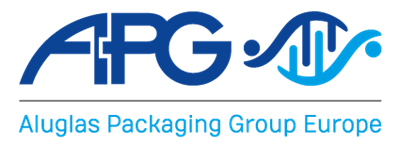Rubber closures manufacturing
Rubber stoppers are of the highest quality and are produced under secured and certified process conditions in accordance with the applicable guidelines. Typical process steps involved in the manufacture of rubber stoppers include washing and siliconisation. The process involves nine process steps:
Step 1 - Rubber formulation
Only certified raw materials and auxiliaries from approved suppliers are taken into storage for use in raw material dispensing.
Step 2 - Mixing
The mixing of the raw materials takes place in two stages: (1) internal mixer and (2) external mixer.
Mixing control includes batch testing of the S.G. of test samples, Shore A, dispersion and colour of vulcanised sample and testing ash and rheology.
Step 3 - Calendering
Dimensioning of the sheet material is done using a calender, followed by cutting the elastomeric formulation into flat sheets; so-called rubber webs.
Step 4 - Moulding
The compression moulding process includes control of the web thickness and a 100% visual inspection. We offer an optional barrier coating such as Fluortec(r).
Step 5 - Coating (optional)
To enhance stopper machinability, we offer an optional B2 lubricity coating, a crosslinked silicone coating to the surface of the stopper.
Step 6 - Trimming
In the trimming process the stoppers are cut from the web with quality checks on the trimming edge.
Step 7 - Washing and siliconisation
For washing and siliconisation of rubber stoppers there are three options available:
- Standard
- In the standard process, stoppers are washed and siliconised in an ISO8 environment. Packaging also takes place in ISO8. Final washing takes place at the end-user.
- Ready to Sterilise (RTS)
- The RTS process includes an initial washing (ISO8) followed by final washing, siliconisation and rinsing with WFI steps. Packaging in RTS bags is done in an ISO5 environment.
- Westar® RS
- The standard for most US ANDA applications/products is the validated Westar RS process, where a constant wash load concept is included in the process. Consistent and fully validated process and control of endotoxines, bioburden and particle burden reduces the risk of product failures. A validated and controlled silicone level improves machinability and reduces problems with high particulate measurements or haze. Packaging in RTS bags takes place in an ISO5 environment.
- Regulatory support through a Type V DMF for the process is provided in addition to the standard Type III DMF for the rubber formulation.
- More information about Westar RS, click here
Step 8 - Packaging
Weighing, labelling and packaging includes sampling for e.g. AQL Samples, Customer Samples, Retain Samples and Test Samples.
Step 9 - Product release
Final inspection includes an evaluation of sample size according to ISO 2859, a visual check according to the Defect Evaluation List for Rubber Parts (ISBN 978-3-87193-366-0 / Editio Cantor Verlag Aulendorf), a dimensional inspection and a document check. In addition to the extensive inspection, the standard tests and the certification of a batch, nearly all relevant additional analyses are possible.
Westar® is a registered trademark of West Pharmaceutical Services, Inc., in the United States and other jurisdictions.




